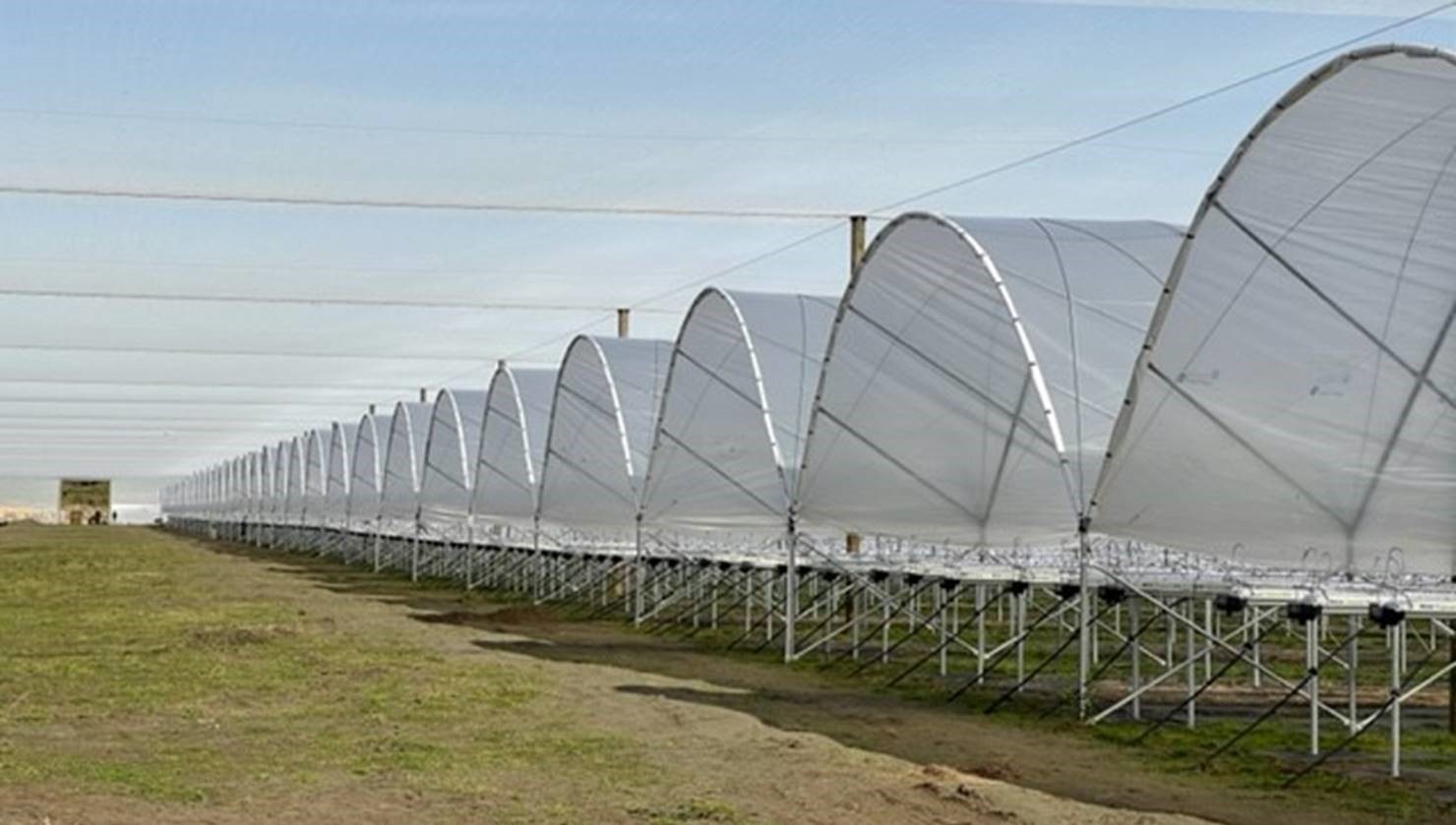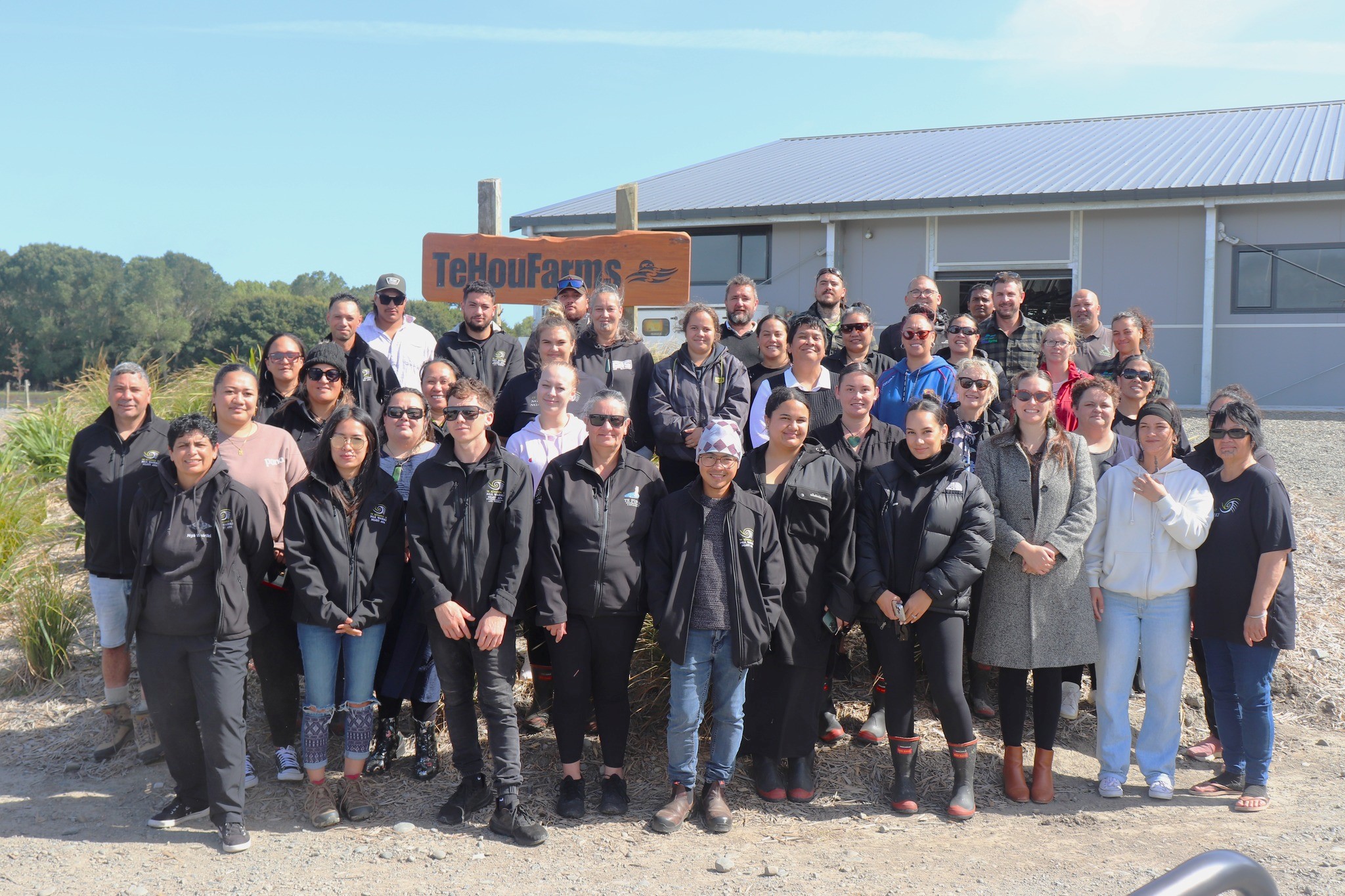Local Aspirations Inspire
”“How do we bring community together so people can know their neighbours better?”
A wind farm and a P-free community may not appear to have much in common, but they’re two of the initiatives benefiting from The Tindall Foundation’s efforts to put kaupapa Māori principles at the heart of its regional support programmes.
The Foundation is concentrating its efforts on three key regions — Te Tai Tokerau (Northland), Horowhenua/Whanganui and Tairāwhiti (East Coast) — supporting Māori organisations that are identifying their own challenges and finding locally-led solutions.
Ngā Wairiki Ngāti Apa Developments (Whanganui), Te Aroha Kanarahi Trust (East Coast) and Te Ora Hou are three organisations receiving funding for those initiatives. Ngā Wairiki and Ngāti Apa iwi are using the support to develop a pre-investment business case for a wind farm, while ‘P-Free by 2050’ (P meaning not just methamphetamine but also plastics, pests, pollution, poverty and pandemics) is the goal on the East Coast. Te Ora Hou oversees community-transformation efforts in five locations around the country, which include initiatives for healthy kai, housing, work and recreation.

Harnessing the wind in Whanganui
If the business case stacks up, the Whanganui wind farm, a joint project with Taranaki-based Hiringa Energy, will be built on iwi-owned land known as the Harakeke block and be operational in around five years, contributing to the production of renewable electricity and hydrogen. Returns from iwi investment in forestry, horticulture and fisheries, among other things, are already funding a range of programmes covering culture and identity, leadership, environment, hauora and hapū capacity-building.
Although renewable energy has long been a goal close to Sir Stephen Tindall’s heart, TTF regional development manager Cyril Howard says the wind farm project is about the community’s aspirations more than those of the Foundation.
Grant Huwyler, CEO of Te Rūnanga o Ngā Wairiki o Ngāti Apa, which is tasked with growing the iwi’s wealth, assets and socioeconomic wellbeing, agrees that there is clear alignment between their organisation and TTF’s philanthropic aims. The iwi became aware of the Foundation through Sir Stephen’s involvement as a seed investor in Hiringa.
“I went online and saw that their website talks about equitable outcomes for disadvantaged people and projects to address climate change. As an iwi organisation, both of those ticked our boxes. We want to facilitate better outcomes for our families and we are also interested in good climate outcomes given we are wedded to our lands and tribal rohe. We see ourselves as a very long-term, inter-generational presence on the land.”
”"We see ourselves as a very long-term, inter-generational presence on the land."
The 390 ha Harakeke site, which had been a Crown forestry block, returned to the iwi in a Treaty of Waitangi settlement in 2011. Three years later the iwi linked up with Hiringa on the suggestion of a tribal member who was an enthusiast of renewable energy. Grant says 100 ha of the block has been returned to forestry and another portion is used for horticulture. More than 200 ha would be available for a wind farm and potential development of a green industrial park.
Long-term solutions for resilient communities
For the Te Aroha Kanarahi Trust based in Wharekahika (Hicks Bay), TTF has supported the P-free goal for more than five years, with the aim of lifting locals out of poverty by enabling people with the skills and passion to establish their own businesses. About eight businesses launched under the Project Hoake scheme are still trading despite setbacks from COVID-19 and floods. These include video production company Lightshift Pictures, Te Araroa café 35 Eat Street and Mauri2Mauri, a boutique company making healing soaps using natural medicinal ingredients embracing rongoa Māori.
The trust’s chair and contracts manager Ani Pahuru-Huriwai says TTF provides invaluable back-office support with marketing, business planning, financial management and invoicing — areas in which many new companies struggle. Another vital initiative is Te Whatakai a Hinemaurea, which will help remote East Cape communities — more than four hours away by road from Gisborne, the closest city — to become more resilient and self-sufficient by regaining mana motuhake (autonomy/sovereignty) over their kai, waste and energy supply.
The region relies on produce being trucked in from the outside. “But because of our isolation, when the roads are closed — which can be for weeks on end, and with climate change will happen more often — it can’t get through,” says Ani. The trust hopes to restore indigenous crops and build or repurpose a whare in which food can be processed, preserved, prepared and stored, creating a strong circular economy, reliant not on cash or power supply but on strong relationships.
Te Ora Hou, a faith-based kaupapa whānau focusing on young people, grew out of the Youth for Christ movement and now delivers the community transformational project Takimano (the hands of many) to neighbourhoods in Te Tai Tokerau, Gisborne, Whanganui, Wellington East and Christchurch. In Whanganui, it’s known as Stone Soup, based on European folklore that says everyone in the community has something to offer — to ‘put in the pot’.
Whanganui manager Judy Kumeroa recalls that about 20 years ago, one suggested solution to some of the city’s challenges was to make perceived troublemakers move away. “Our neighbourhood was clear they weren’t going to kick their families out of town,” she says. With TTF’s support over nearly a decade, the community has instead found ways to bring those groups onside.
“When our relationship began, that was a tricky place to be,” Judy notes. “The Tindall Foundation sits at the edge of some funding opportunities where other funders might not want to go. In the neighbourhoods where we work we have to make some risky alliances — community-led development comes with risk.”
But it’s important, she says, that the communities maintain their identity and independence. They are seeing the fruits of those alliances, which have potential for generational change.
Helping to be good neighbours
In Te Tai Tokerau, Lou and Sharon Davis run community projects from the Te Ora Hou centre, a $6 million facility on a 2 ha site in Tikipunga, which opened in October 2020. More than 15,000 people used the centre last year, attending a wide range of offerings including kapa haka and marching-band practices, butchery classes for aspiring apprentices, sports practices, gym workouts, and art and music lessons. The centre has new Kainga Ora housing on one side, and privately owned homes on the other, in a rapidly growing community where the population is expected to increase by 170% by 2040.
“One of the simple questions is ‘How do we be good neighbours and help our neighbours to be good neighbours?’,” Lou says. “How do we bring community together so people can know their neighbours better?”
Lou and Sharon say they’re doing that by encouraging locals with good ideas to use community facilities, including Te Ora Hou, to launch their own programmes. “Being a big centre stuck in the middle of people’s houses reminds us to continue to hear the voices of our neighbours, and enable our neighbours’ voices to be heard.”
This, says Cyril Howard, is the essence of TTF’s approach. He says many so-called ‘solutions’ to equity issues are forced on communities from the top down, but the projects the Foundation supports are Māori- and community-led.
“The solutions for Māori sit within Māori, not with government down in Wellington. If we create Māori solutions for our communities, everyone will benefit.”


